Home>Furniture & Design>Outdoor Furniture>My Outdoor Plants Are Dying, What Can I Do?
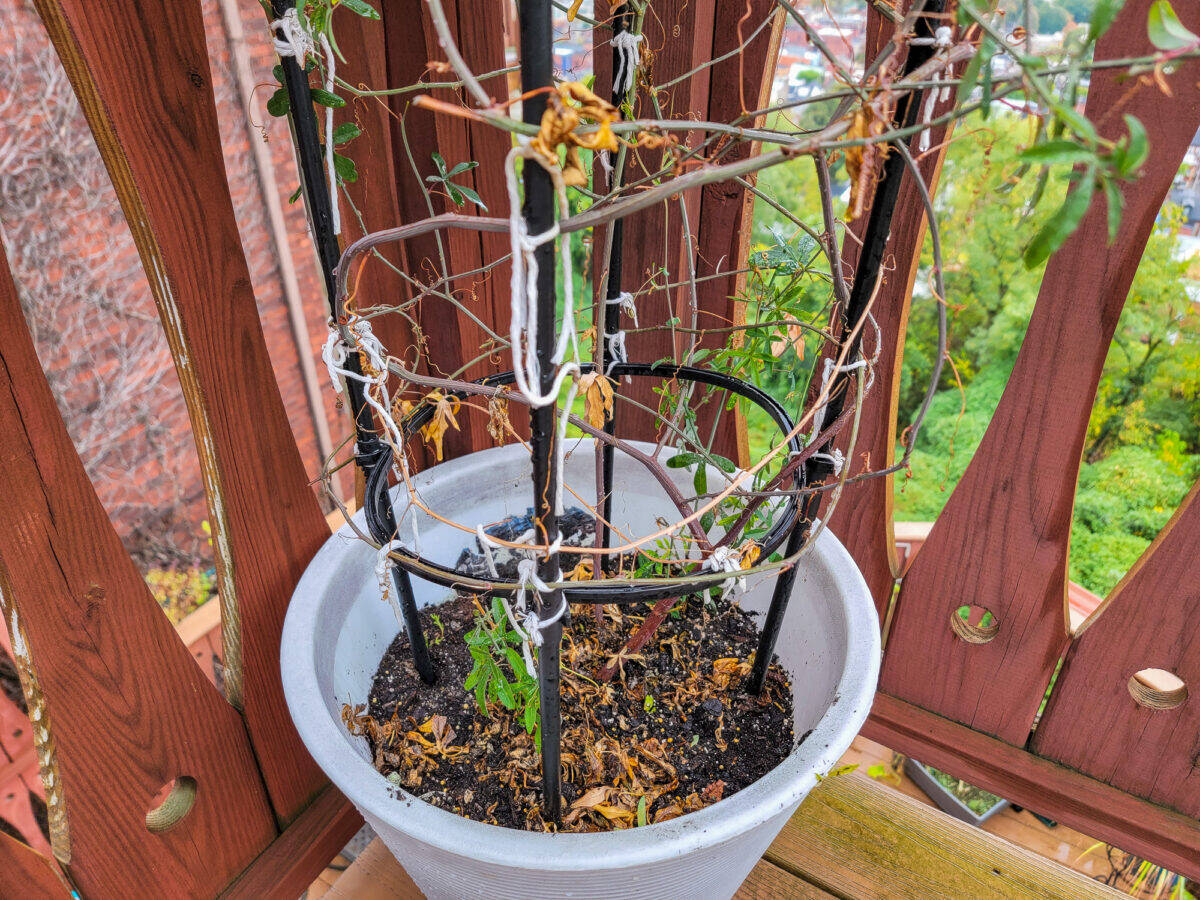

Outdoor Furniture
My Outdoor Plants Are Dying, What Can I Do?
Modified: August 17, 2024
Discover expert tips to revive your outdoor plants and create a thriving garden with our outdoor furniture and design solutions. Transform your outdoor space today!
(Many of the links in this article redirect to a specific reviewed product. Your purchase of these products through affiliate links helps to generate commission for Storables.com, at no extra cost. Learn more)
Common Reasons for Outdoor Plant Death
Outdoor plants can bring life and color to your garden, but unfortunately, they can also face various challenges that may lead to their demise. Understanding the common reasons for outdoor plant death is crucial for any gardening enthusiast. By identifying these factors, you can take proactive measures to ensure the health and vitality of your outdoor greenery.
Here are some common reasons why outdoor plants may be struggling:
- Inadequate Watering: One of the most prevalent causes of outdoor plant death is inadequate watering. Plants require a consistent and appropriate amount of water to thrive. Insufficient watering can lead to wilting, yellowing leaves, and eventual death.
- Overwatering: Conversely, overwatering can be equally detrimental to plants. It can lead to root rot, depriving the plant of essential oxygen and nutrients, ultimately causing it to wither and die.
- Poor Soil Quality: The soil in which outdoor plants are placed plays a critical role in their overall health. Soil lacking in essential nutrients or with poor drainage can hinder a plant’s growth and lead to its demise.
- Improper Light Exposure: Plants require an adequate amount of sunlight to undergo photosynthesis and thrive. Insufficient or excessive light exposure can have detrimental effects on their growth and survival.
- Pest Infestation: Insects and pests can wreak havoc on outdoor plants, causing damage to leaves, stems, and roots. If left unaddressed, pest infestations can lead to the death of the plant.
- Disease: Plant diseases, such as fungal infections or viral illnesses, can rapidly spread among outdoor plants, leading to wilting, discoloration, and eventual death.
- Extreme Temperatures: Exposure to extreme temperatures, whether excessively hot or cold, can have a detrimental impact on outdoor plants, causing wilting, leaf burn, and overall decline in health.
- Neglect and Undercare: Sometimes, outdoor plants may perish due to neglect or inadequate care. Failure to provide proper maintenance, such as pruning, fertilizing, and pest control, can contribute to their demise.
By recognizing these common reasons for outdoor plant death, you can take proactive steps to address and mitigate these issues, ultimately fostering a healthier and more vibrant outdoor garden.
Key Takeaways:
- Keep your outdoor plants healthy by addressing common issues like watering, soil quality, and pest infestations. Proactive care and targeted solutions can revive and nurture your garden.
- Prevent future plant loss by establishing proper watering, soil maintenance, and vigilant pest management. Cultivate a nurturing environment for long-term plant health.
Read more: My Mums Are Dying, What Can I Do
Identifying the Problem
When your outdoor plants show signs of distress, it’s essential to promptly identify the underlying problem to implement effective solutions. By closely observing the symptoms and conducting a thorough assessment, you can pinpoint the issues affecting your plants and take appropriate action to address them.
Here are some key steps for identifying the problems affecting your outdoor plants:
- Visual Inspection: Begin by visually examining your plants for any visible signs of distress, such as wilting, yellowing leaves, or unusual spots or discoloration. Take note of any physical abnormalities or changes in growth patterns.
- Soil Assessment: Evaluate the quality and moisture level of the soil surrounding your plants. Soil that is excessively dry or waterlogged can indicate watering issues, while poor soil quality may hinder nutrient uptake by the plants.
- Pest and Disease Check: Look for signs of pest infestation, such as chewed leaves, webs, or visible insects. Additionally, inspect the plants for any indications of disease, including unusual lesions, mold, or stunted growth.
- Light and Temperature Analysis: Consider the amount of sunlight and the prevailing temperature conditions in the plant’s environment. Inadequate or excessive light exposure, as well as extreme temperature fluctuations, can adversely impact plant health.
- Watering and Drainage Assessment: Evaluate your watering practices and drainage system. Overwatering or underwatering can lead to distinct symptoms in plants, such as wilting or yellowing leaves. Poor drainage can also contribute to root rot and other issues.
- Observation Over Time: Monitor the plants over a period of time to observe any changes in their condition. Documenting the progression of symptoms can provide valuable insights into the underlying causes of plant distress.
By systematically assessing these factors and closely observing your outdoor plants, you can gain a clearer understanding of the issues impacting their health. This proactive approach will enable you to implement targeted solutions and interventions to revive and nurture your outdoor greenery.
Check for signs of overwatering or underwatering, ensure proper drainage, and adjust watering schedule accordingly. Consider the amount of sunlight and soil quality for each plant. If necessary, repot or prune to promote healthy growth.
Solutions for Saving Your Outdoor Plants
When your outdoor plants are struggling, swift and effective action is essential to revive their health and vitality. By implementing targeted solutions, you can address the underlying issues and provide the necessary care to support the recovery of your plants.
Here are some effective solutions for saving your outdoor plants:
- Adjust Watering Practices: Evaluate the moisture needs of your plants and adjust your watering practices accordingly. Ensure that the soil is consistently moist but not waterlogged. Consider using a moisture meter to gauge the soil’s moisture levels and water your plants accordingly.
- Improve Soil Quality: Enhance the soil quality by incorporating organic matter, such as compost or well-rotted manure, to enrich the soil with essential nutrients. Additionally, address any drainage issues by amending the soil with materials that promote proper drainage, such as perlite or coarse sand.
- Provide Adequate Light and Shelter: Position your plants in areas that offer the appropriate amount of sunlight based on their specific light requirements. Consider providing shelter or shade during extreme weather conditions to protect the plants from excessive heat or cold.
- Address Pest and Disease Issues: Implement pest control measures to combat infestations, such as using organic insecticidal soaps or neem oil. For plant diseases, consider pruning affected areas and applying appropriate fungicides or treatments to prevent the spread of infections.
- Prune and Trim: Regularly prune your plants to remove damaged or diseased parts and promote healthy growth. Pruning encourages new growth and helps the plant allocate its resources more efficiently.
- Provide Nutrient Support: Consider supplementing your plants with a balanced fertilizer to provide essential nutrients that may be lacking in the soil. Choose a fertilizer specifically formulated for the type of plants you are nurturing and apply it according to the recommended guidelines.
- Monitor and Adjust Care Practices: Continuously monitor the progress of your plants and adjust your care practices accordingly. Be attentive to their changing needs and make necessary modifications to optimize their growing conditions.
By implementing these targeted solutions, you can significantly improve the prospects of saving your outdoor plants and fostering their recovery. Consistent and attentive care, coupled with proactive interventions, can lead to the rejuvenation of your garden and the thriving health of your outdoor greenery.
Preventing Future Plant Loss
While addressing the current challenges faced by your outdoor plants is crucial, taking proactive measures to prevent future plant loss is equally important. By implementing preventive strategies and cultivating a nurturing environment, you can safeguard the health and longevity of your outdoor greenery.
Here are effective ways to prevent future plant loss in your outdoor garden:
- Proper Watering Practices: Establish a consistent and appropriate watering routine based on the specific moisture needs of each plant. Consider using drip irrigation systems or soaker hoses to deliver water directly to the root zones, promoting efficient absorption and minimizing water wastage.
- Soil Maintenance: Regularly assess and improve the quality of your soil by incorporating organic amendments and ensuring adequate drainage. Conduct soil tests to identify any deficiencies and adjust the soil composition to provide an optimal growing medium for your plants.
- Optimal Light and Temperature Conditions: Position your plants in locations that offer the ideal light exposure and temperature conditions based on their individual requirements. Consider using shade cloths or protective coverings during extreme weather to shield the plants from adverse environmental factors.
- Vigilant Pest and Disease Management: Implement proactive pest control measures, such as regularly inspecting your plants for signs of infestation and promptly addressing any issues. Additionally, practice good garden hygiene by removing debris and fallen leaves that can harbor pests and diseases.
- Regular Maintenance and Pruning: Schedule regular maintenance tasks, including pruning, deadheading, and removing diseased foliage. By staying proactive in maintaining the health and appearance of your plants, you can prevent issues from escalating and impacting their overall well-being.
- Appropriate Fertilization: Develop a fertilization schedule tailored to the needs of your plants, ensuring they receive essential nutrients for robust growth. Use organic fertilizers and apply them in accordance with the specific requirements of each plant species.
- Continuous Monitoring and Care: Regularly monitor the condition of your plants, paying attention to any changes in growth patterns, leaf color, or signs of distress. Adjust your care practices as needed to address emerging issues and provide proactive support.
By prioritizing preventive measures and proactive care, you can create an environment that promotes the long-term health and resilience of your outdoor plants. Cultivating a garden that is well-nourished, protected, and attentively maintained will significantly reduce the risk of plant loss and contribute to the flourishing beauty of your outdoor space.
Frequently Asked Questions about My Outdoor Plants Are Dying, What Can I Do?
Was this page helpful?
At Storables.com, we guarantee accurate and reliable information. Our content, validated by Expert Board Contributors, is crafted following stringent Editorial Policies. We're committed to providing you with well-researched, expert-backed insights for all your informational needs.
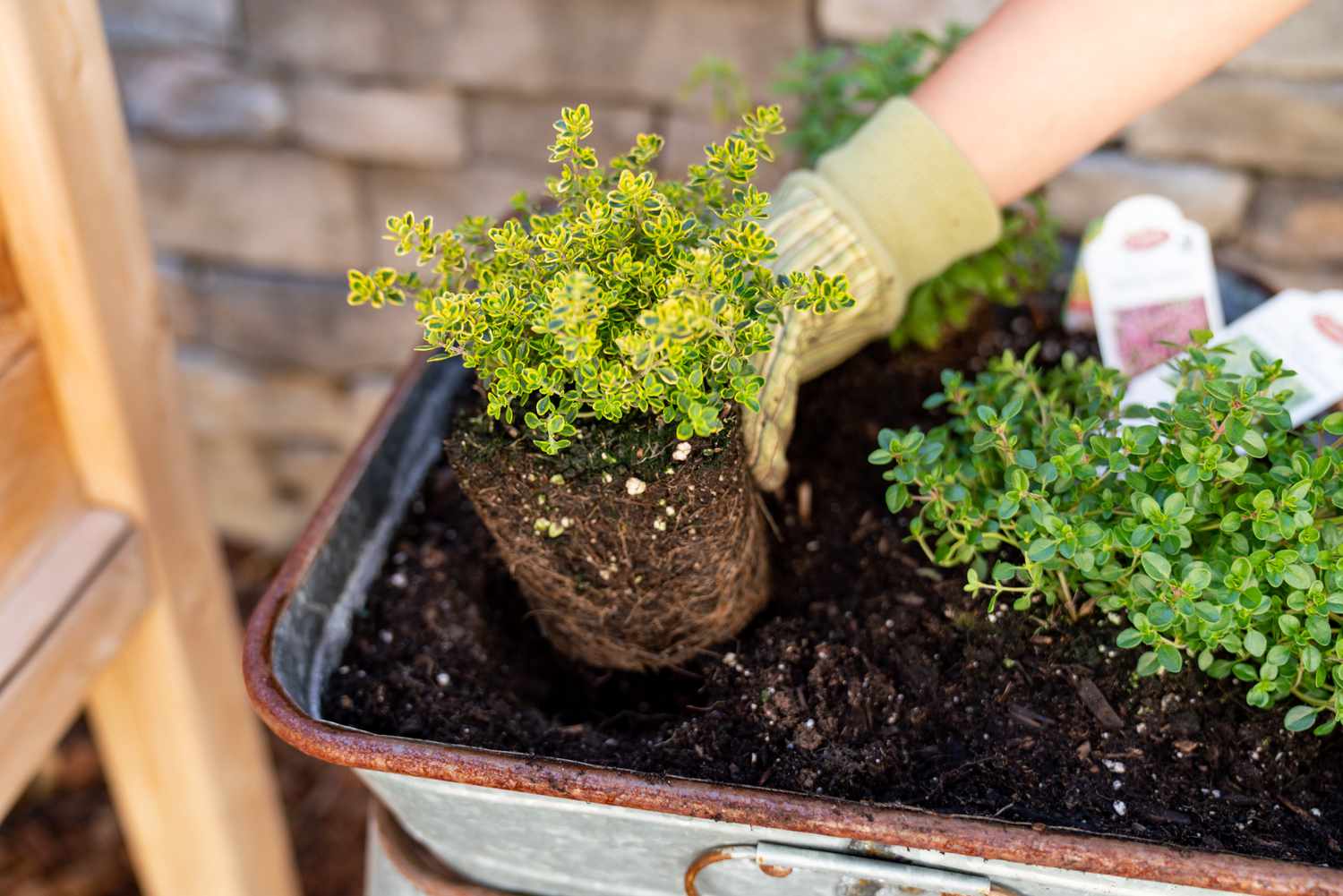



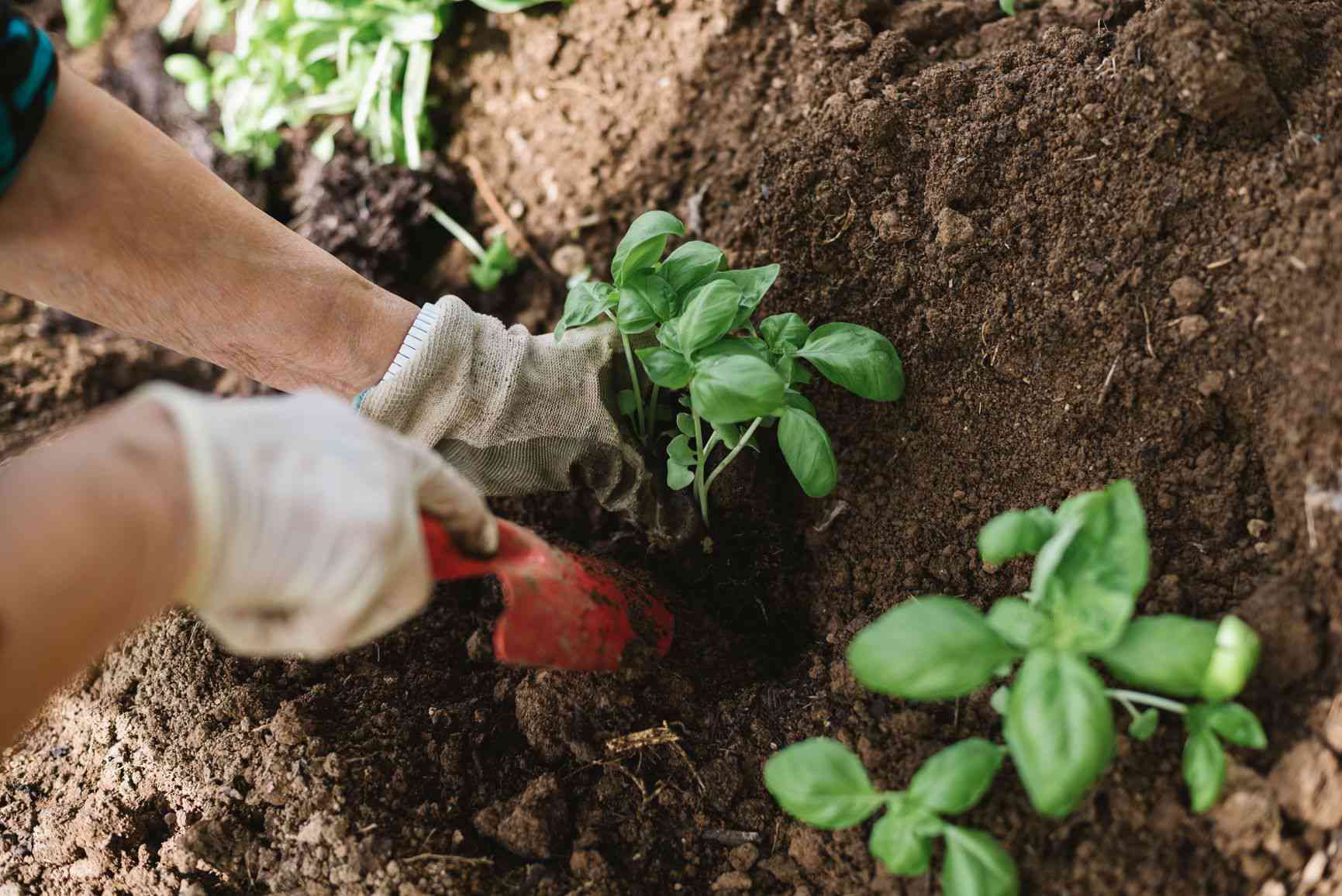

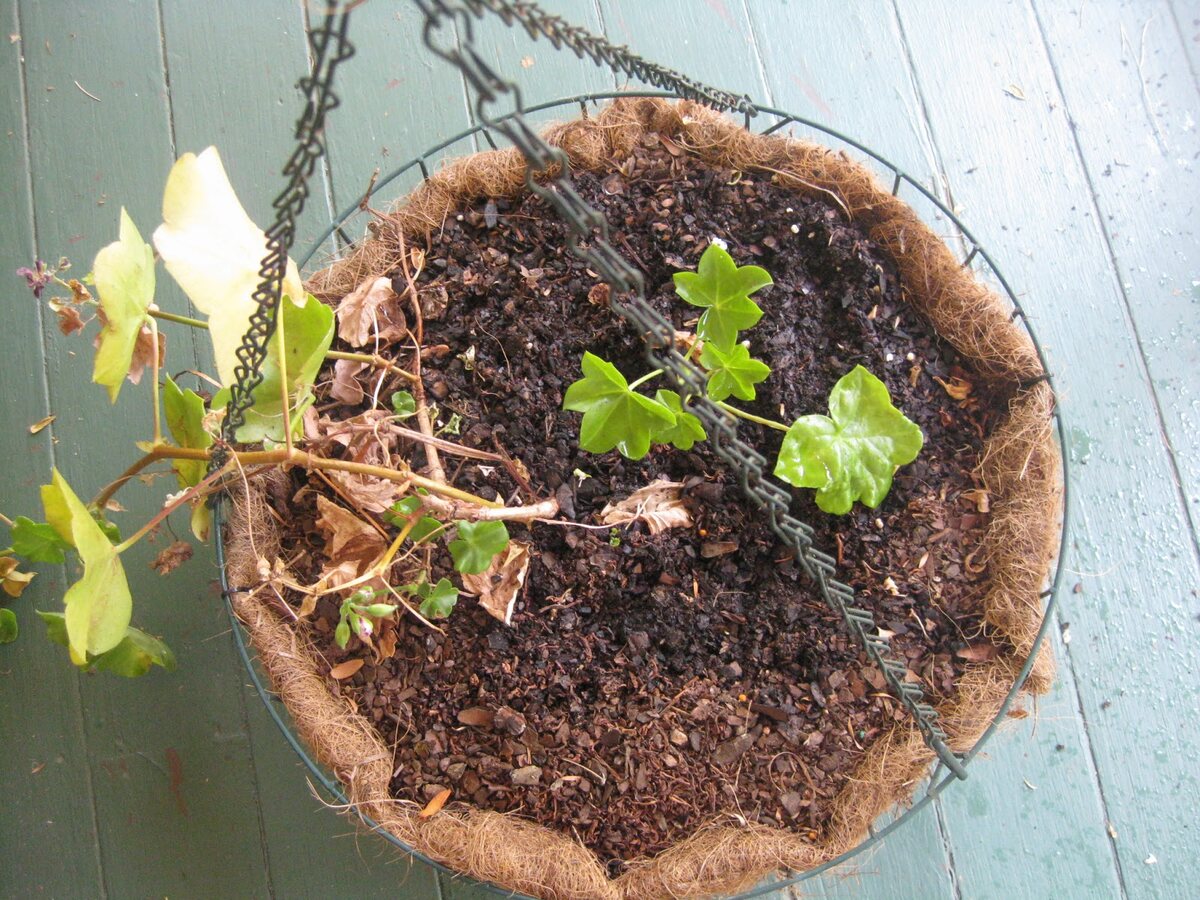
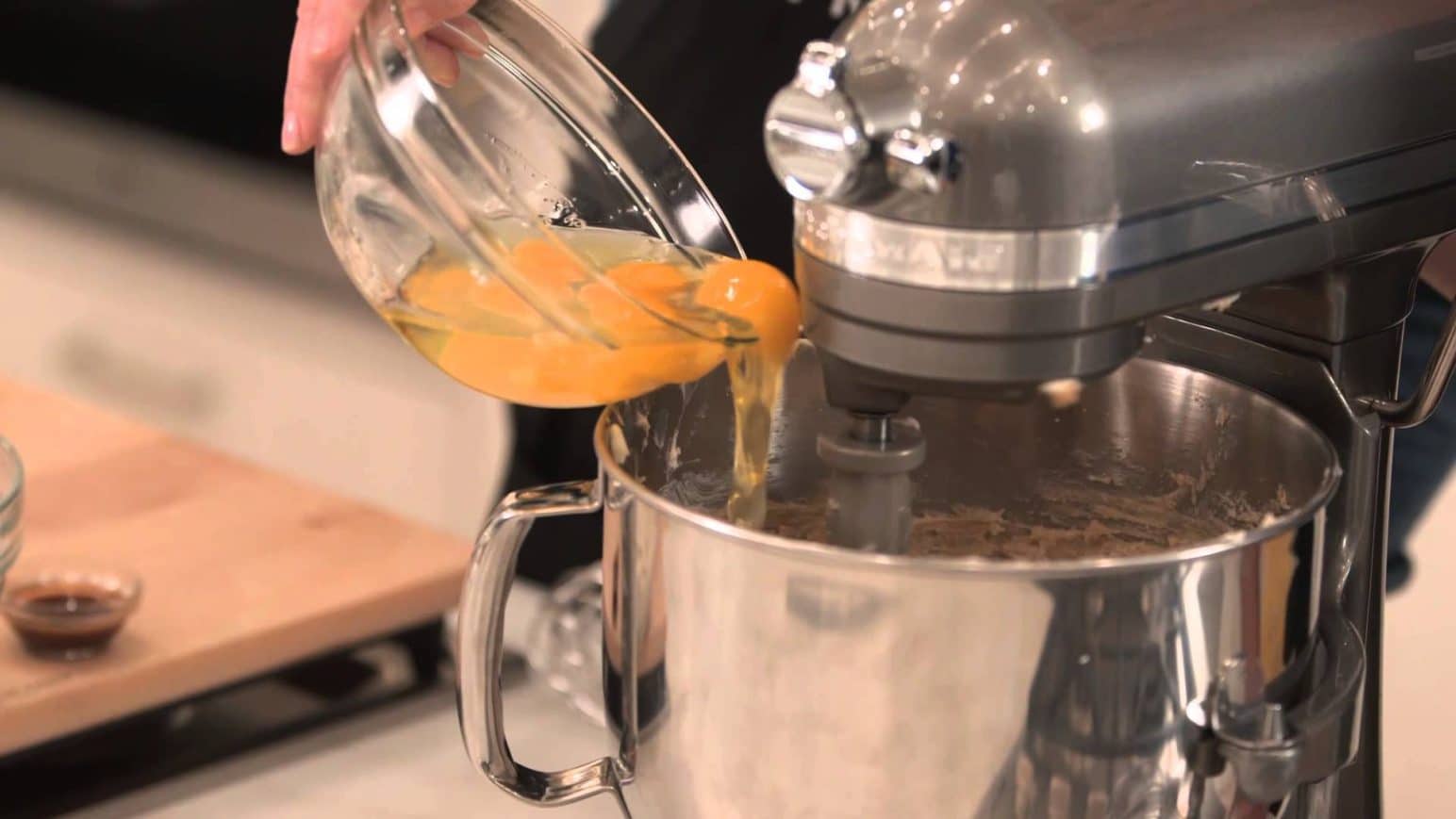
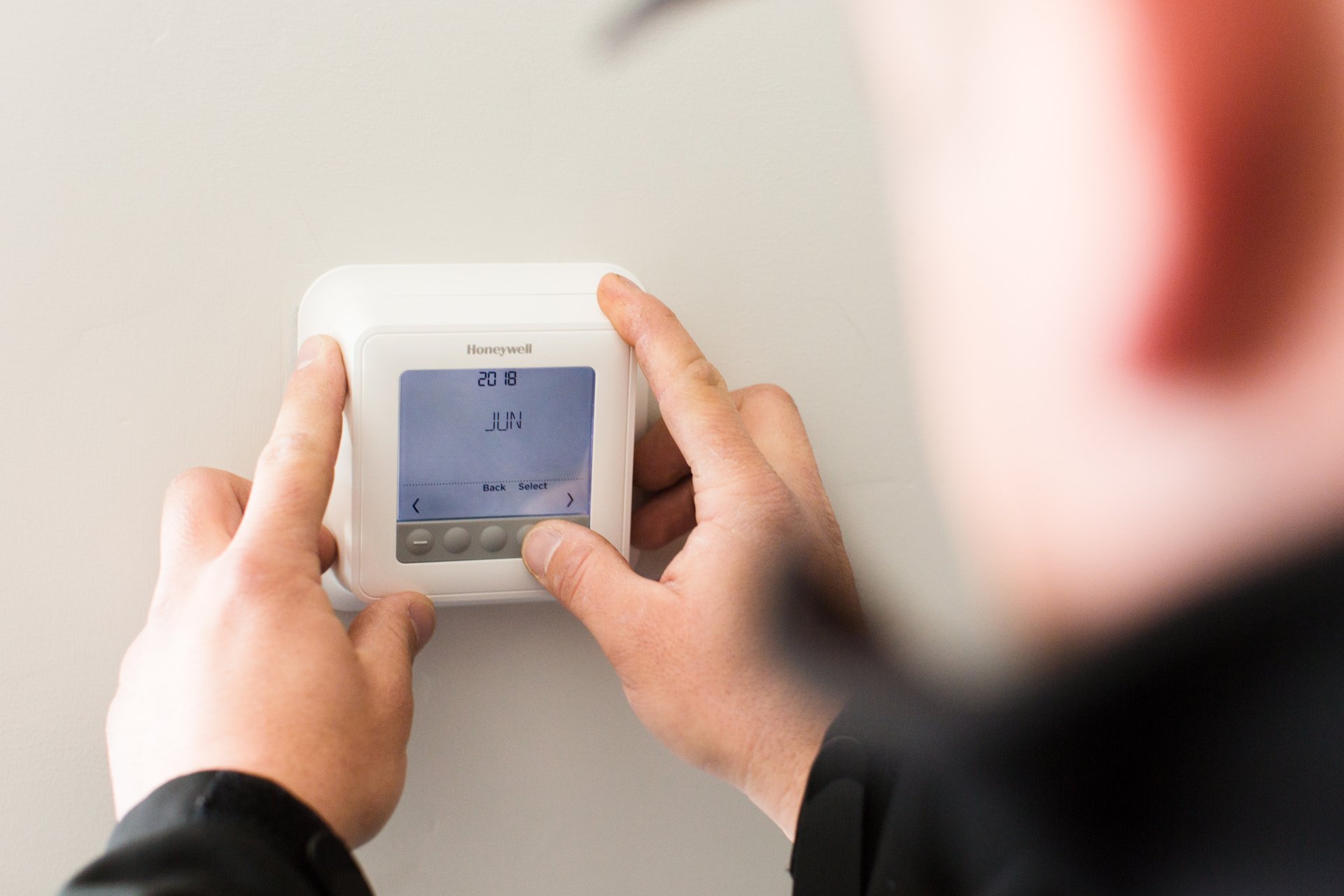


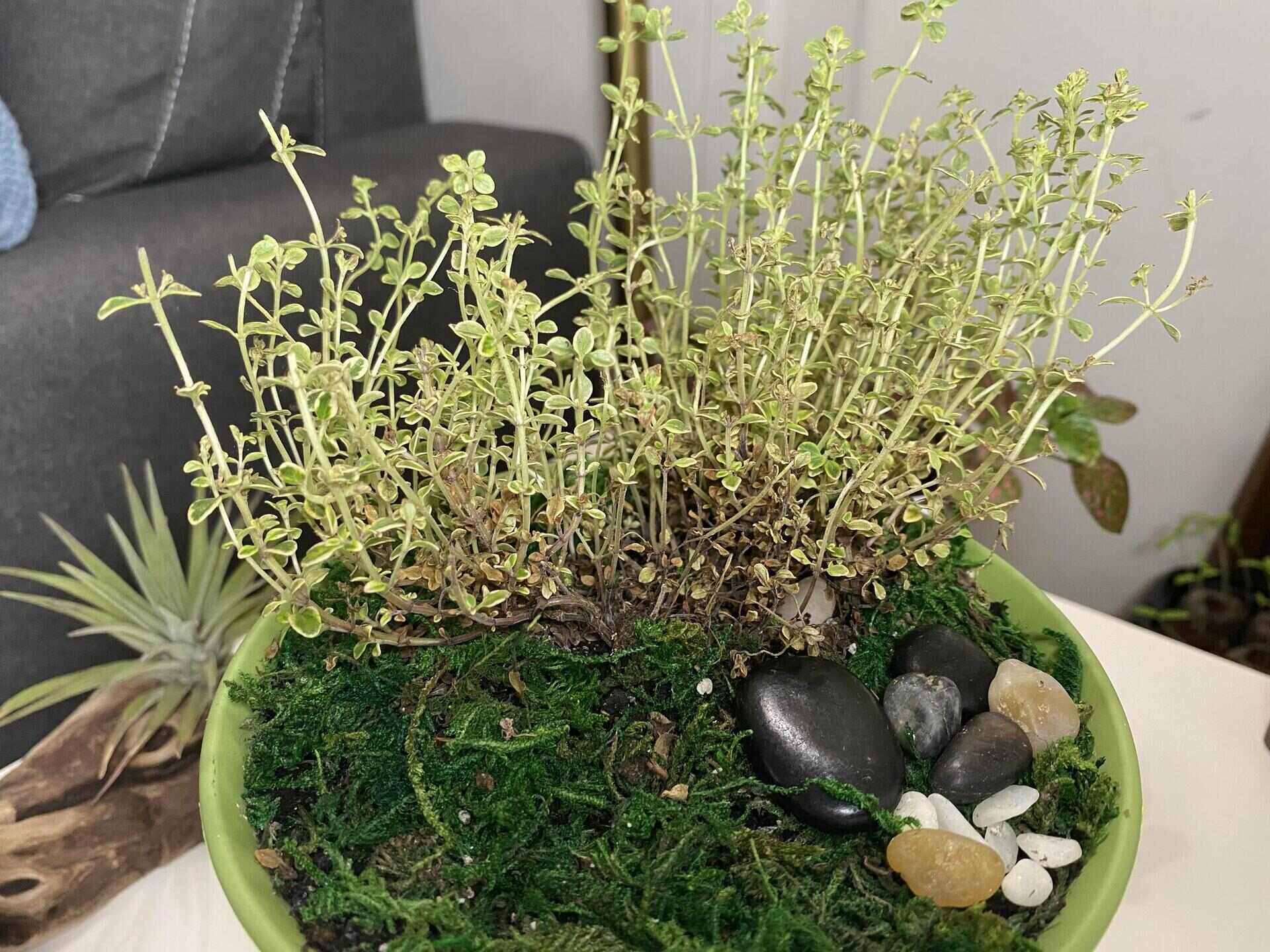
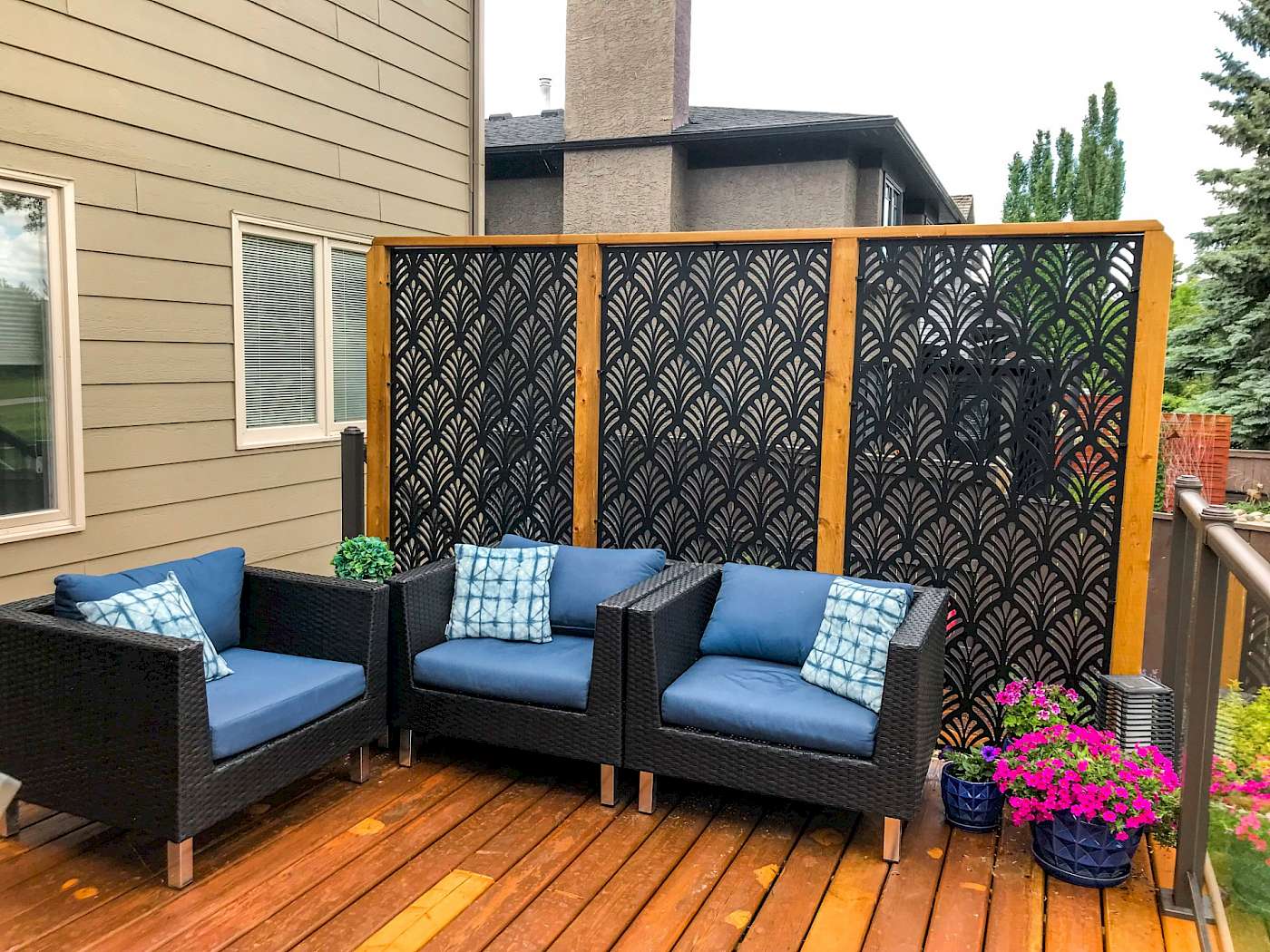
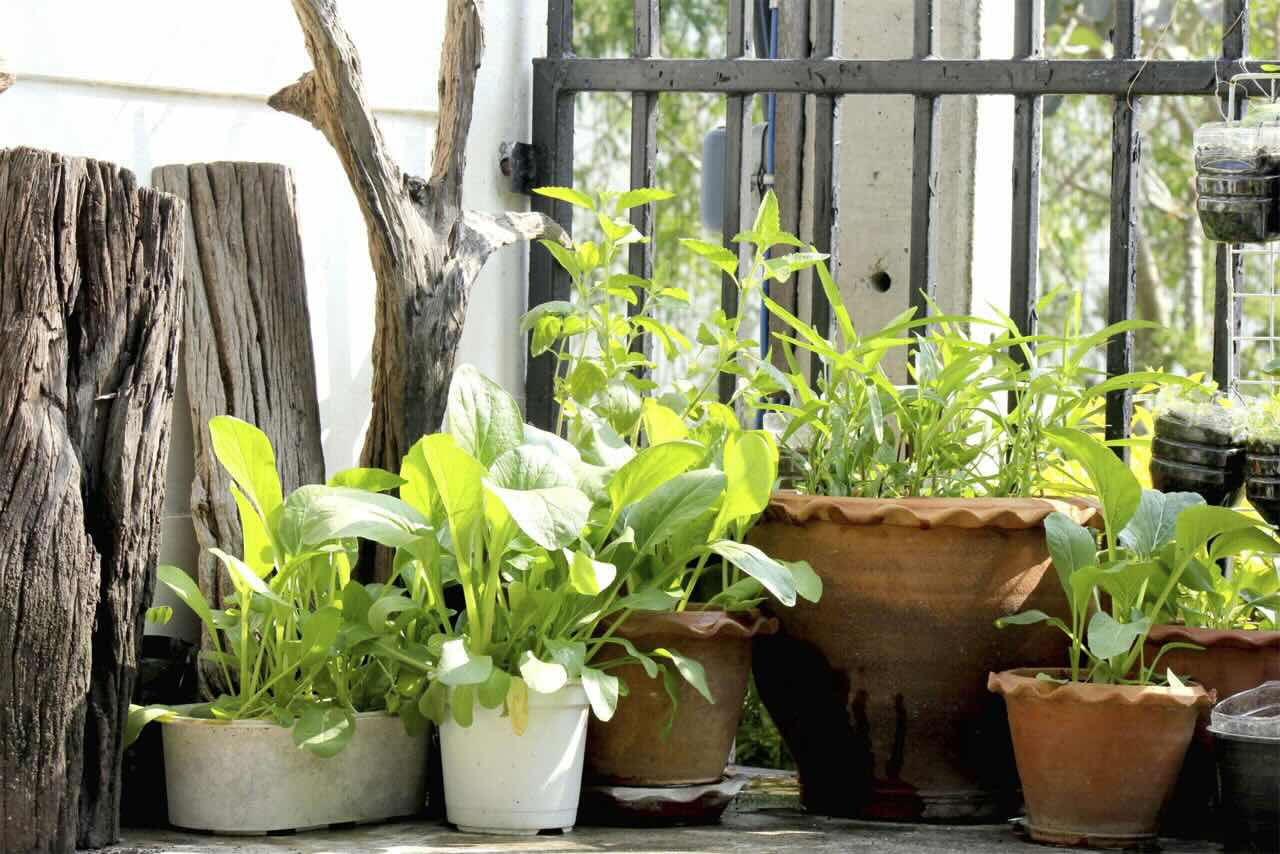
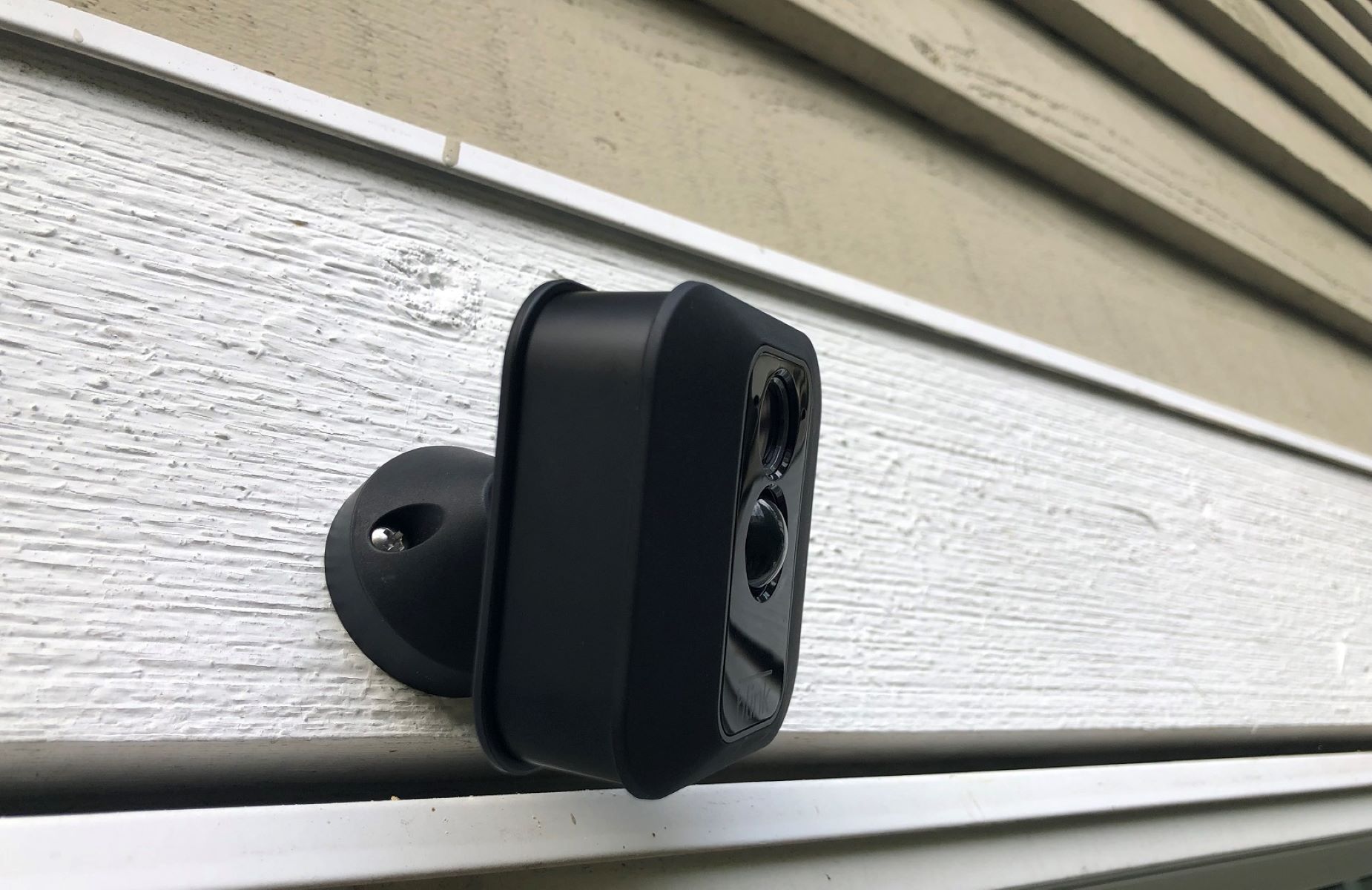

0 thoughts on “My Outdoor Plants Are Dying, What Can I Do?”